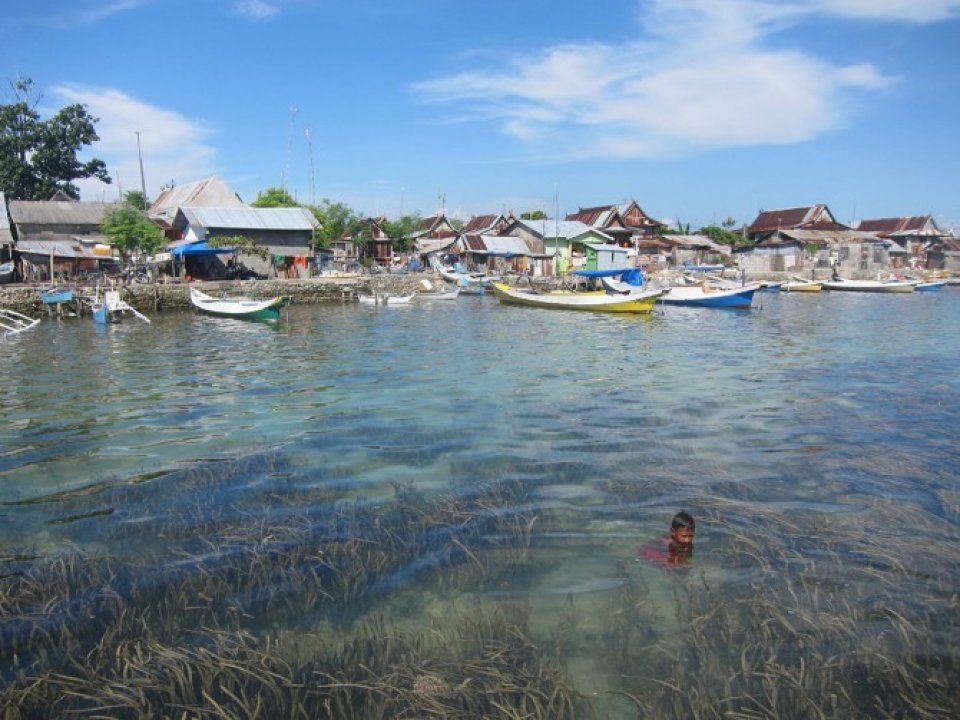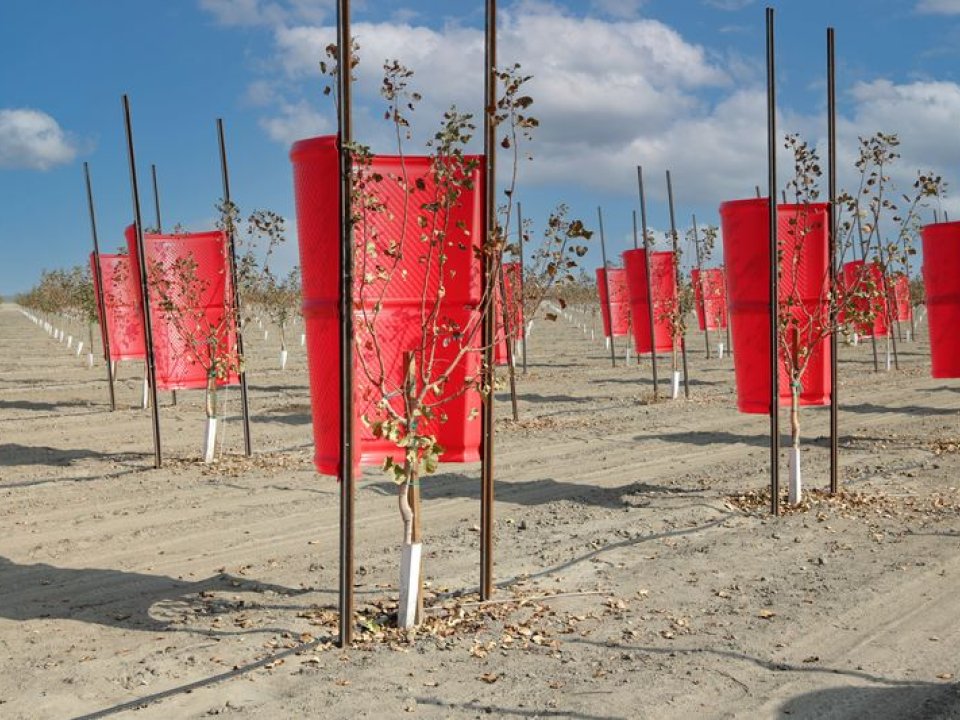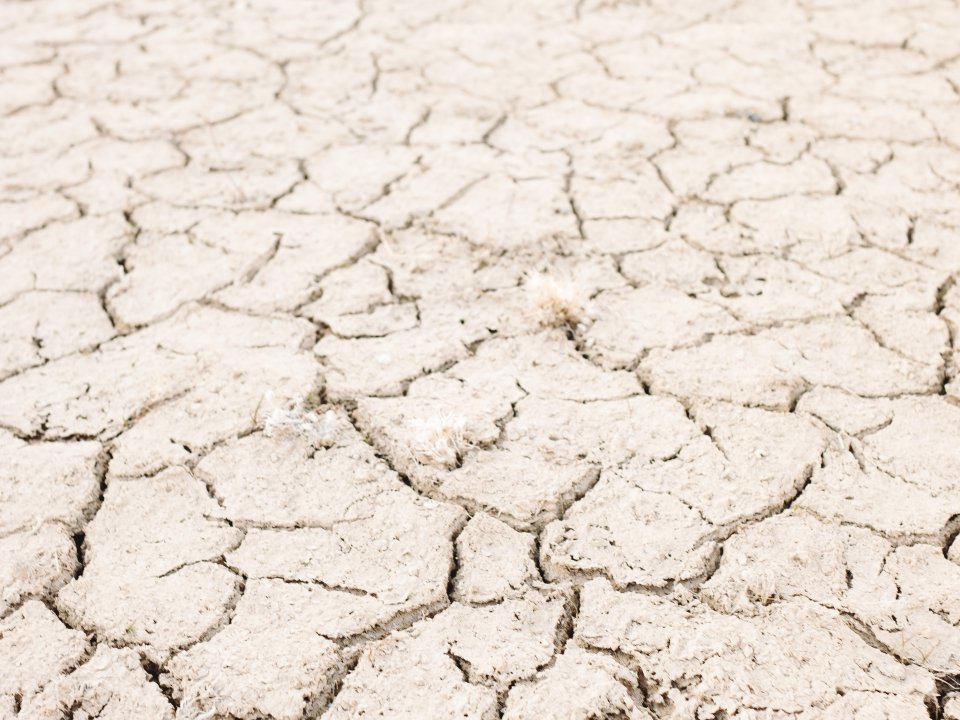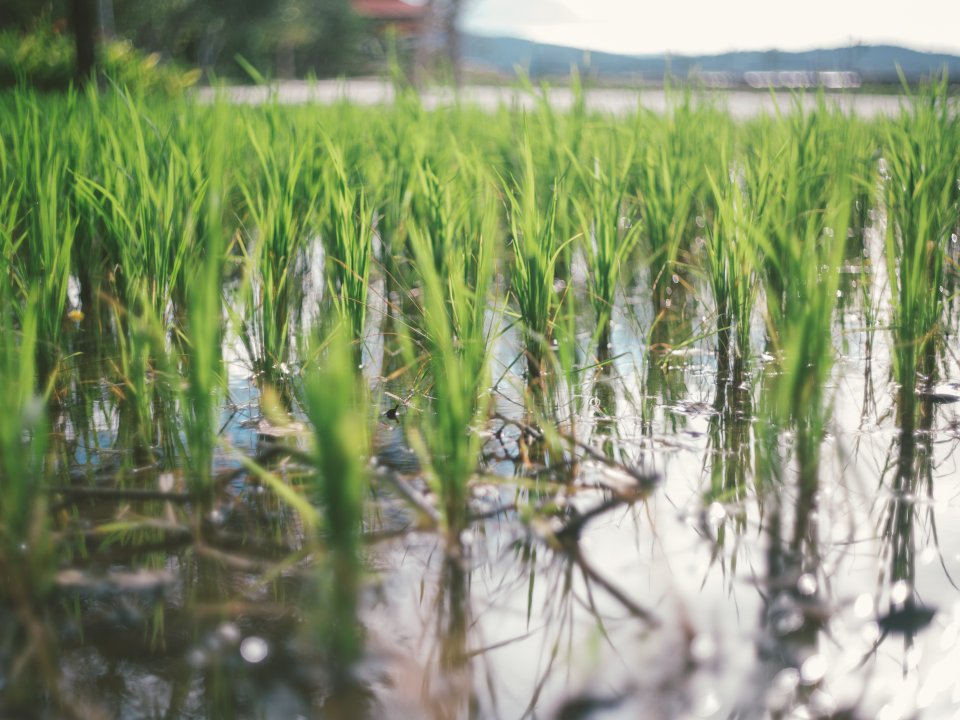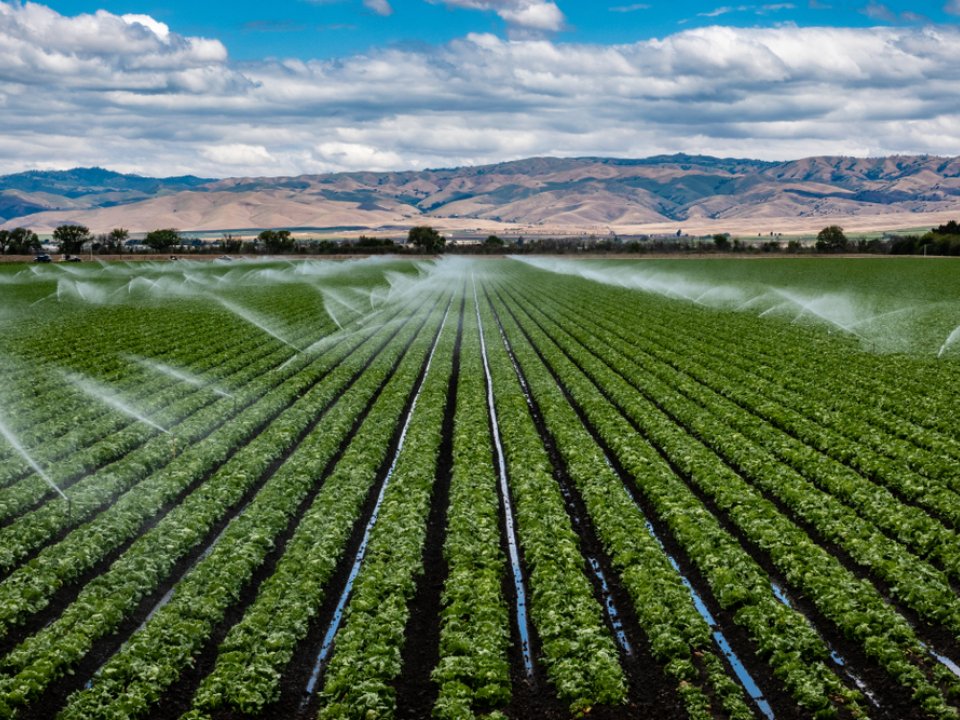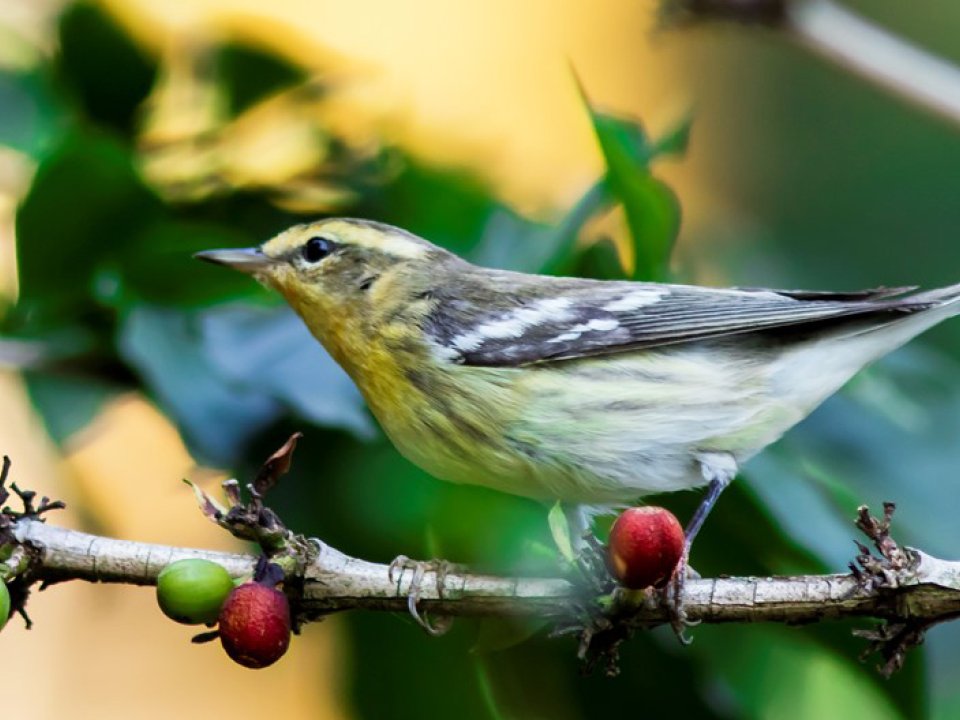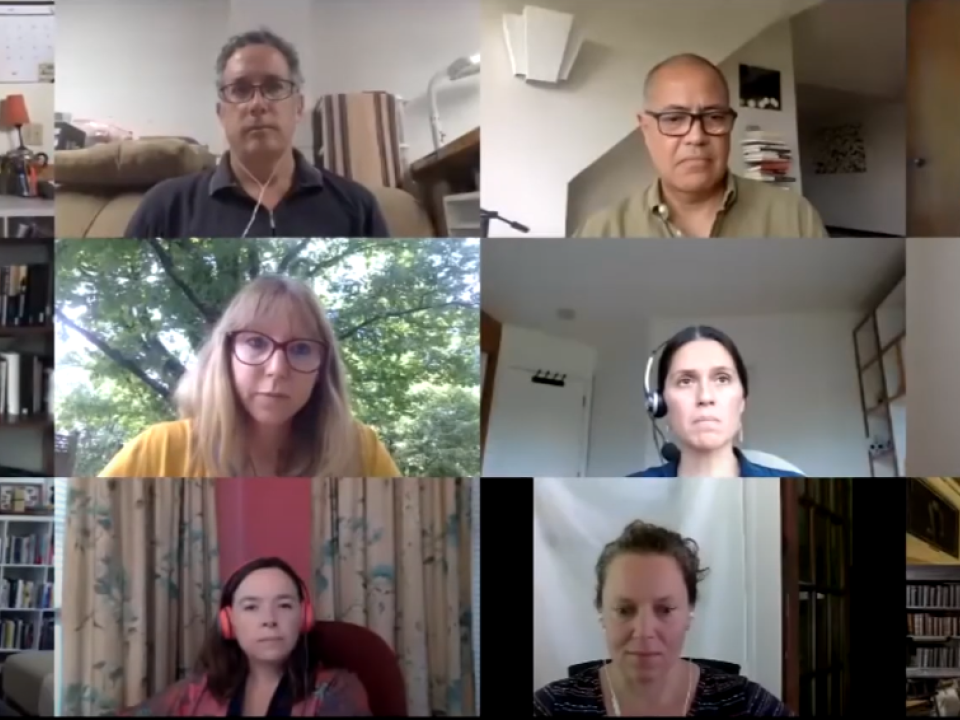News
"Whether it’s a murmuration of starlings, herds of wildebeest crossing the plains of Africa, or shoals of salmon leaping up a cascading river, the mass migrations of animals, birds and fish are some of the most spectacular events in the natural world. But human activity and other pressures are pushing many of these creatures towards oblivion."
Rachel Bezner Kerr, part of the Einaudi Center's qualities of life research team, contributes to a new UN climate report on climate change impacts.
Every week, the University of Nebraska-Lincoln, National Oceanic and Atmospheric Administration and the U.S. Department of Agriculture update America’s Drought Monitor, a map illustrating the parts of the country that are currently experiencing water scarcity, and to what extent.
In the West and High Plains, which comprise 15 states with some of the most productive land in the nation, the news over the past 20 years has not been good. Drought conditions have prevailed in more than 15% of the West for 1,138 of the last 1,144 weeks. California has spent eight of the last 10 years with more than half of its land under stress. As of Feb. 8, 95% of the West was considered “abnormally dry.”
The effects of climate change are often communicated through data that rely on averages. When experts tell us that the Earth’s annual temperature has increased by an average rate of 0.32 degrees Fahrenheit per decade since 1981, or that the average hurricane has become stronger over the past 39 years, how do we apply that information? While accurate on a macroscale, it doesn’t speak to the specific, concrete, local impact of climate change in the towns and villages and hamlets of the world.
“Despite the sophisticated climate models that are developed by NASA’s Earth Observatory and by all kinds of climate scientists, we don’t have the capacity at the level of villages or at the level of valleys, for instance, to anticipate climate change amongst the people who are at the vanguard of that change,” says Karim-Aly S. Kassam, Natural Resources and the Environment/American Indian and Indigenous Studies. “These are largely Indigenous peoples who did not contribute to the primary roots of climate change and currently do not contribute significant amounts of greenhouse gas emissions per capita, yet they are among the first affected.”
Historically, these communities have endured cultural genocide, marginalization, and war—often due to the politics of the Cold War and resource extraction, Kassam explains. “So this becomes not only an intellectual challenge to address the issue of climate change but also a challenge of ethics and social justice,” he says.
“You don’t have to be a rocket scientist to know that the projections are for higher temperatures,” says Ariel Ortiz-Bobea, associate professor of applied economics and management. “So it’s pointing to an increasing slowdown of productivity growth, and that has a whole range of implications.”
Ariel Ortiz-Bobea, associate professor of applied economics and policy, says that there must be “greater investments in R&D and ‘climate-smart’ agriculture … to compensate for the climate change ‘headwind.’ These investments need to be done now — or yesterday.”
A team of researchers from the Cornell Lab of Ornithology and Virginia Tech surveyed birdwatchers to learn if they drank shade-grown coffee and, if not, why not.
With each episode, postdoc Eleanor Paynter speaks with experts who highlight how multidisciplinary, multi-species perspectives on migration help us understand key global issues. In season 1, we are broadening our scope of understanding by focusing on highly relevant themes like pandemics, climate, racial justice, and more. Keep an eye out for new episodes, released on the first Monday of every month.
Weekly public lectures are part of a new interdisciplinary course, Migrations: A Global, Interdisciplinary, Multispecies Examination, where migrations are approached as multispecies phenomena emerging from dynamic socioecological systems. Join us on Wednesdays at 3 p.m.

